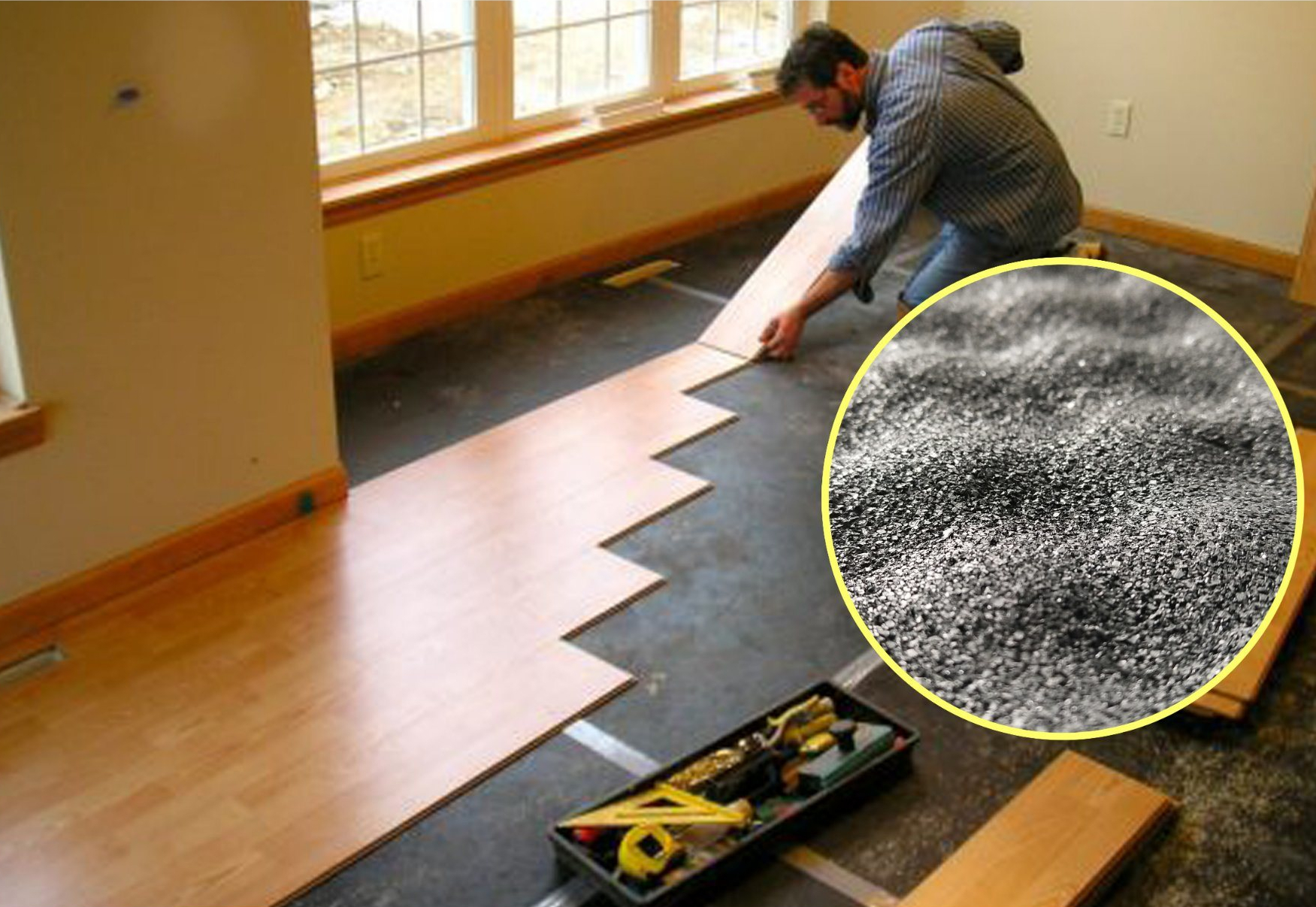One of the increasingly frequent complaints by apartment dwellers is noise from loud upstairs neighbours in the apartment above. The noise intrusion can be characterised as either impact noise or airborne noise and too frequently, both.
Impact noise can be defined as the impact of footfalls or other movements from above, while airborne noise is that airborne noise which penetrates the floor/ ceiling assembly such as voices or music. In some cases the sound may also be structure borne sound transmission where the sound transmits through the structure.
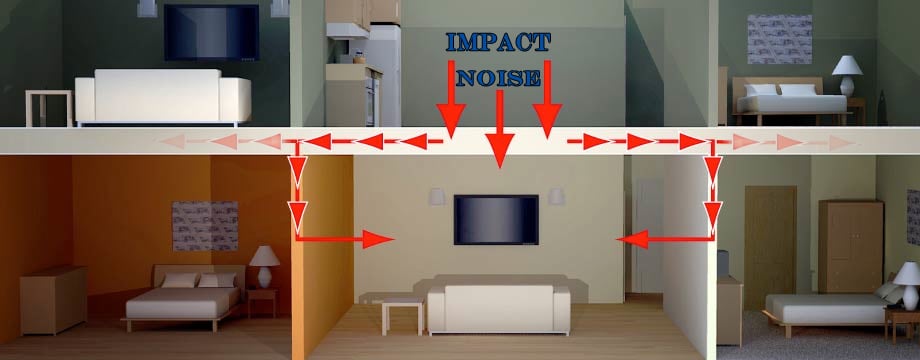
Unfortunately, there is no easy or cost-effective fix for these problems with loud upstairs neighbours. Since the impact noise is being generated from above, the upstairs occupant may not be under any obligation to install materials that would reduce the annoyance. Rest assured that the only effective way to reduce the noise from above is to start addressing the problem in the source room, that is to say, upstairs.
[There are no cost effective ways of improving the sound transmission of airborne or impact noise from the underside of the ceiling/floor assembly. It must originate with the floor above.]
Step 1
Convince your neighbours to use Furniture Pads – these are tiny foam and rubber self adhesive stickers that fit to the underside of tables, chairs, sofas, beds, cabinets, coffee tables, etc. They minimise the sound of “dragging” and “shifting” which is common when houses are cleaned. Just gift them to your neighbours upstairs!
https://www.amazon.in/b?ie=UTF8&node=9835457031
Step 2
If your problem is worse – children running, jumping, or playing basketball and football above you, a completely effective solution is to add an anti-impact underlayment like IsoMat, IsoBrane, Tecsound, or IsoMat-HD to the floor above, which also involves redoing the flooring (You’re looking at a cost of Rs 350-400 per SqFt).
Under-deck Insulation from Impact Noise
When all is said and done, and as previously stated, that there is no easy fix to solving noise problems from above, the best solution is to bite the bullet and prepare to spend money to fix this problem at your end.
SOLUTION AT YOUR END
If you’re willing to spend the same as a commercial recording studio, this problem can be solved by building a decoupled massive (heavy) ceiling barrier using special components. This solution will set you back by approximately Rs 1000-1200 per SqFt. Write to us for more details.
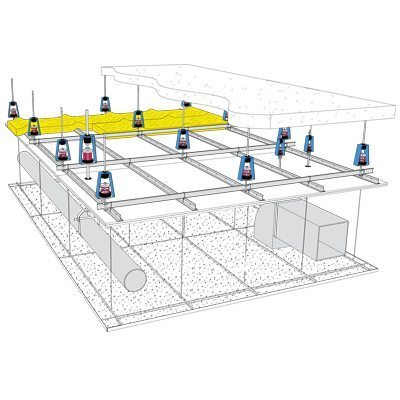
Noisy Neighbours Next Door
A common complaint is that you can hear neighbours next door. Sadly, there is no cheap fix in most cases. The problems range from being able to hear voices, loud music, the TV or the bang of cabinet doors. In other cases it might be noise generated in the bathroom.
If the apartment is a new one, the first order of business would be to consult with the builder. In the case of a common wall separating two apartments, Indian building regulations require a wall with a minimum of a 50 STC (Sound Transmission Class). Unfortunately, many municipal inspection departments do not require validation by actual measurement and while the designing architect may specify a 50 STC or greater, there is little or no on site inspection to insure that good noise control techniques are followed by the contractor.
TV/Music Noise through Common Wall
Sticking Isobrane mass loaded vinyl to the existing wall and covering this with a heavy layer of 18mm fiber-cement board/plywood/gypsum can give you an improvement of 12-15db by losing one inch of space.
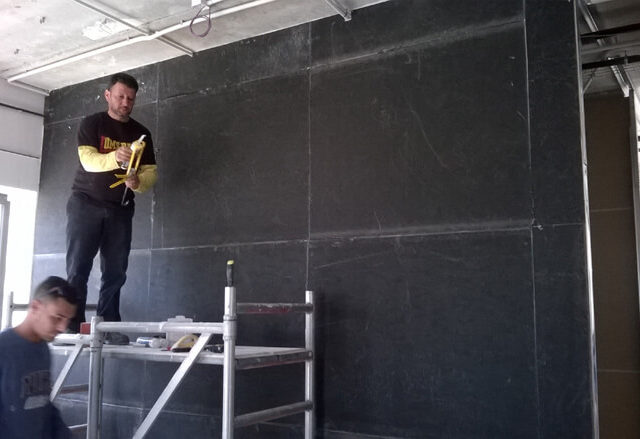
For a better improvement of 20-25dB, follow this detail:
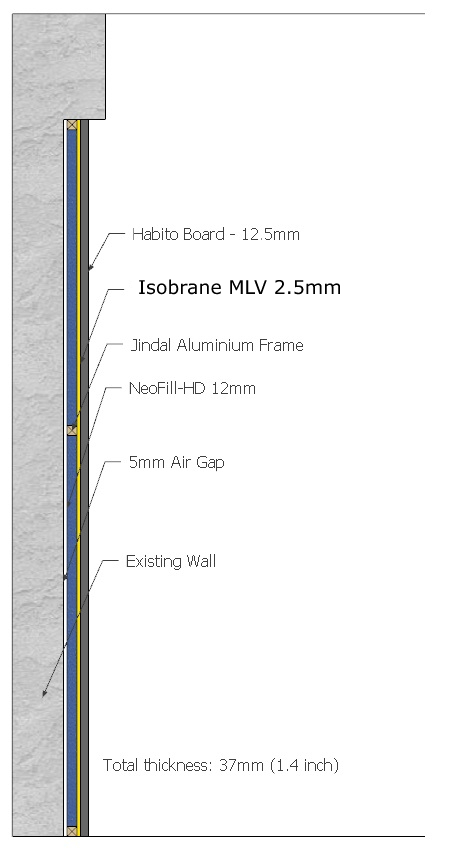
TV/Music Noise through Doors & Windows
These are actually the common sound transmission paths. Upgrading your existing windows to soundproof windows is a great idea. You can improve the performance of your existing doors using Isobrane, NeoFill-HD and NeoSeal.
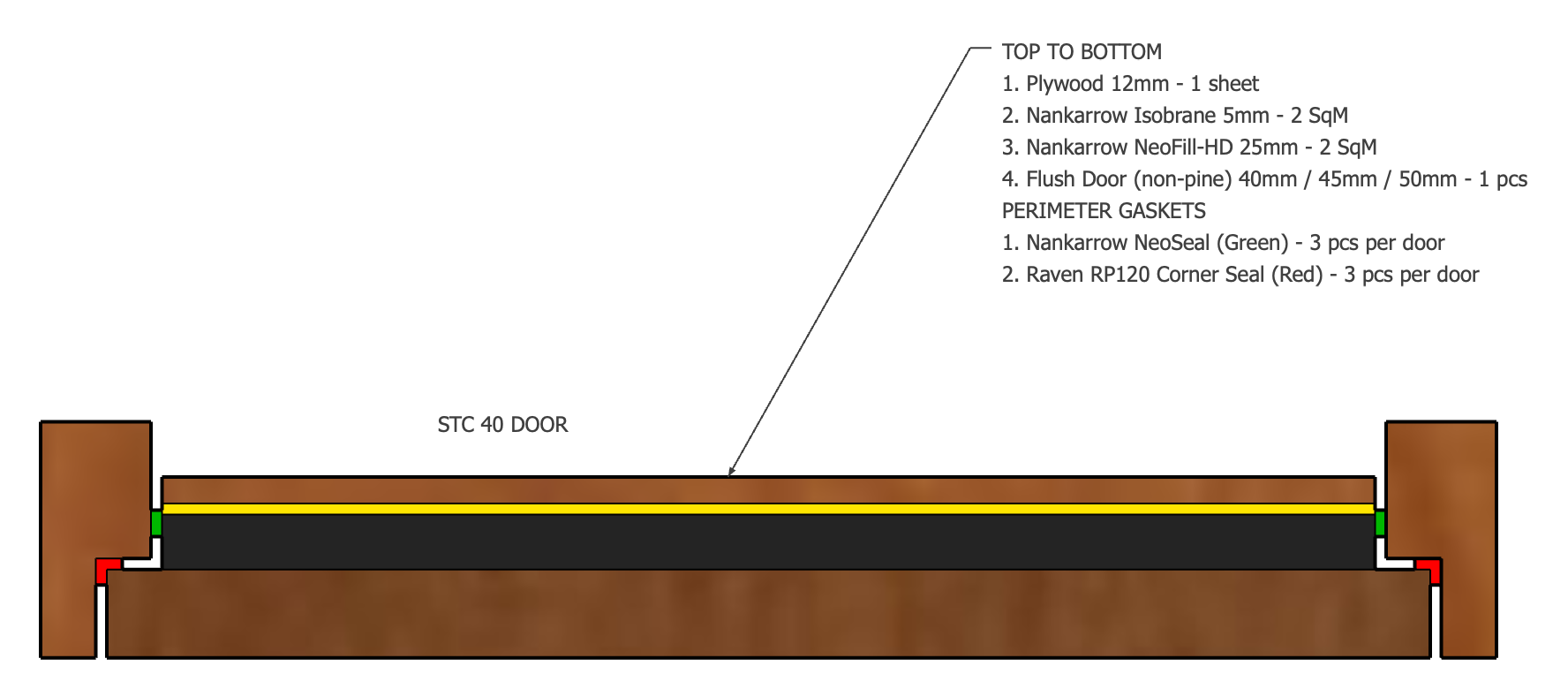
Evaluating Your Prospective New Home
The best time to deal with this problem is BEFORE you buy your house, since poor civil enginering and thin ceiling slabs can dramatically increase this problem.
- Ask the builder what STC/Rw design criteria were selected for the walls and floors.
- Conduct your own tour with a powerful portable speaker that can be used to check the sound transmission through walls and floors.
- Have a friend jump on the floor above to check impact sound below.
- Check the plumbing noise, particularly in the bathrooms.
- Check the impact noise from cabinets especially in the kitchen.
- Check any window noises from highway or local traffic – you can ask the builder or owner to install soundproof windows.
- Check the proximity of your unit to any elevator shafts.
- Check entry doors for sound seals and or automatic bottom seals.
- Are the entry doors solid cores? Insist on solid core doors.
- Are you on a flight path?
- If your new proposed dwelling is hard surfaced in nature (i.e. walls floors and ceiling) and your furnishings are less than plush or upholstered; the space maybe highly reverberant which will lead to a noise build up of any sounds generated. In addition excessive reverberation may make speech intelligibility from conversation and TV watching difficult.
- Look and Listen. Believe your ears. Take notes.
- Your investment in a new home may be one of the most expensive ones you’ll make, be sure you will be comfortable.

